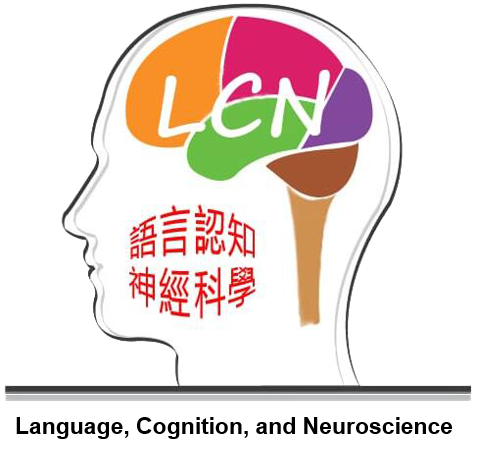Past Events
Lexical tone production in Cantonese-speaking patients with Parkinson's Disease
2019.03.27 Dr. Angel Chan
Associate Professor
Research Centre for Language, Cognition, and Neuroscience
Dept. of Chinese and Bilingual Studies
The Polytechnic University of Hong Kong
Lexical tone production in Cantonese-speaking patients with Parkinson's Disease
Currently it is unclear how speech breakdown in dysarthria resulting from Parkinson’s Disease (PD) may interact with the properties of the language spoken by the patient. Cantonese offers a unique chance to test this perspective, consider it being a tonal language with six contrastive tones that signal meaning differences. Given that monopitch is a hallmark feature of PD dysarthria, how would lexical tone production be affected in PD patients speaking Cantonese? And how would medication affect this tone production? We report the first study investigating the pathological status and medication effects from a tonal language targeting lexical tone production, incorporating both acoustic evaluations of F0 curve analyses and perceptual evaluations of intelligibility.
The study adopted a group (patients vs. normal; 12 per group) x medication (on-medication vs. off-medication) design. Each participant read aloud 30 monosyllabic words that are tone minimal pairs contrasting in all 6 tones. F0 curve analyses indicated a number of significant differences between PD patients and healthy controls, esp in T1, T3, T5 and T6. Patients were able to start at a (higher) pitch closer to their healthy controls when they were “on-medication”, suggesting that dopaminergic medication may improve their initiation at a more appropriate pitch, and help normalize their production of certain tones regarding F0. Additionally, the speech productions were perceptually evaluated by native Cantonese listeners. PD patients’ ability to produce lexical tones is degraded to the extent that they were less intelligible than the healthy controls, but not to the extent that would severely affect their intelligibility in general. Medication does not seem to improve intelligibility.
We discuss the findings by integrating perspectives from both the neurological disease-based approach and (neuro)linguistic-based approach in conceptualizing dysarthria in movement disorders, a perspective that is rarely considered in the domain of speech control in PD patients.





